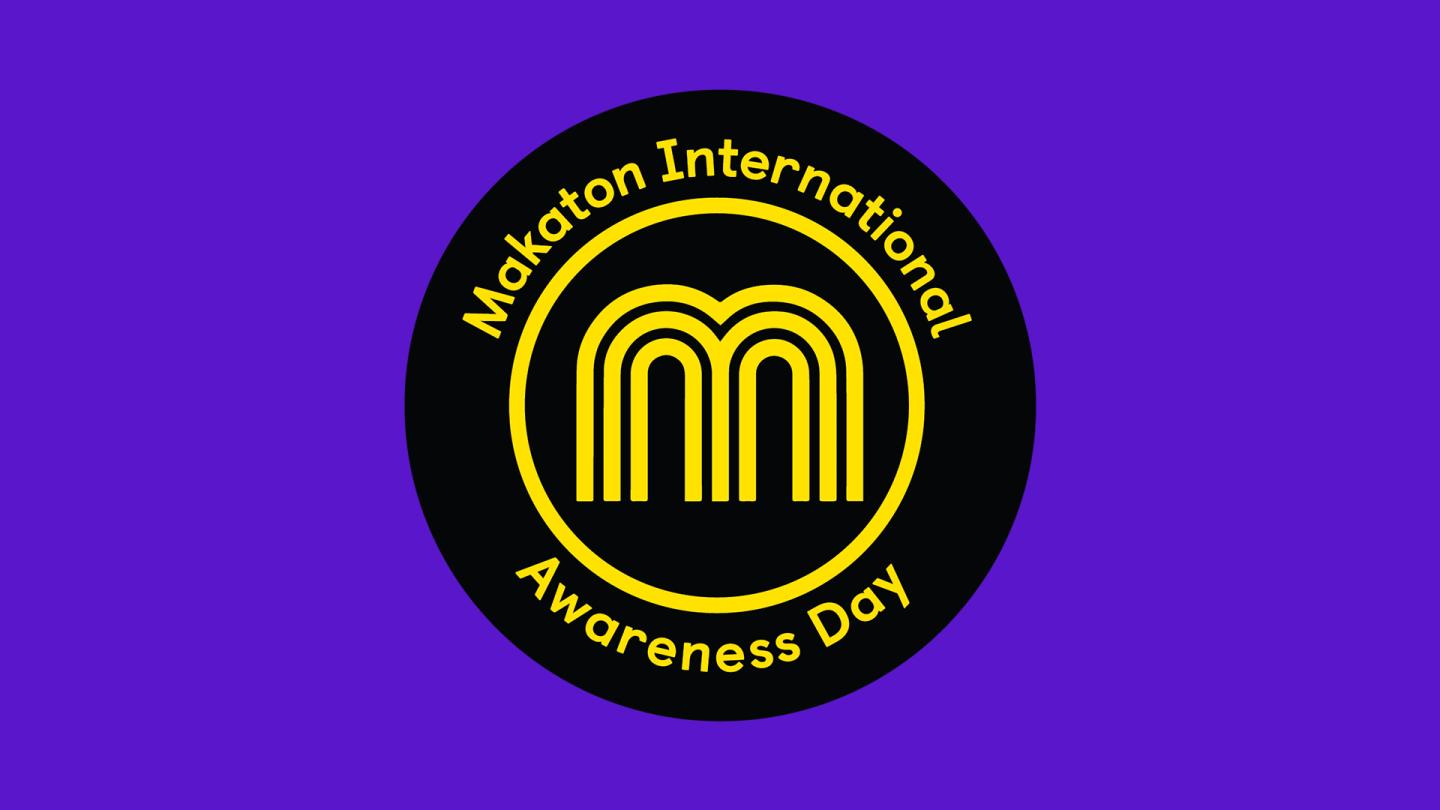5 Makaton signs for sport and activity

Most people in the UK will know of British Sign Language (or, BSL for short), but less are aware of Makaton as a way to support communication. It was developed in a Surrey hospital during the 1970s by speech and language therapists Margaret, Kathy and Tony, and hence Makaton being derived from their names. They were looking for ways to support people with learning and cognitive disabilities, who also had some degree of hearing impairment (but not profoundly deaf and had not learnt BSL) in understanding and expressing themselves. The team drew from British Sign Language for many of the signs, but built a system that could be used alongside spoken English.
And that is an important difference... British Sign Language is a full language with its own grammar and structure, used by many Deaf people as their first or preferred language. Makaton, on the other hand, follows English word order and is used with speech and sometimes with pictures or symbols.
Think of Makaton as a bridge that makes communication clearer and more accessible in lots of different settings.
The initial Core Vocabularly of 450 signs has grown over the years to over 11,000 signs in the larger Resource Vocabulary.
You can spot Makaton being used in classrooms, care settings, hospitals, at home and even on TV. It helps people join conversations, make choices, and interact more freely without the challenges that spoken words alone can sometime present.
Sports and physical activities are another place where Makaton can be hugely useful to increase inclusivity.
Imagine a swimming session, a football match, dance class, boccia match, or learning any new activity. Quick and simple signs can make instructions easier to follow, naturally form part of an animated delivery, and help everyone feel part of the action. The simple formulation of Makaton means that you could already be using some signs without even realising it!
Here are five Makaton signs that the Every Body Moves team feel are especially useful when moving and playing together, along with examples of when they might come in handy:
1) Drink
- How to sign: Shape your hand as if holding a cup and bring it to your mouth.
- When to use it: Great for encouraging players to take a water break during or after exercise.
2) Good game!
- How to sign: First make the sign for good — a thumbs up on your dominant hand (thumbs up on both for ‘very good’). Then make the sign for game by holding both fists in front of you and knocking them gently together twice, alternating which fist is on top.
- When to use it: At the end of a match or training session to show encouragement and celebrate everyone’s effort.
3) Where is the toilet?
- How to sign: Place the open dominant hand palm side on your chest near the opposite shoulder, with middle finger touching the chest. Move your hand up and down slightly, near shoulder level. To show “where” you can also look around and raise your eyebrows.
- When to use it: Beyond finding facilities in a new venue this should be pretty obvious, but can be useful for more descrete trips to the loo during longer practice sessions.
4) Again / More
- How to sign 'more': Form a flat hand with fingers together, and then placing it on top of your closed fist, mimicking the action of adding to a pile or "scooping" more.
- How to sign 'again': Extend your first and middle finger on the dominant hand, and bring it down from head height to 90 degrees near your waist.
- When to use it: Perfect for asking for another turn, extra practice, or simply to keep playing.
5) Finish
- How to sign: Make two separate fists with 'palms' together and thumbs on top, then flick hands down and outwards while spreading your fingers as if pushing something away.
- When to use it: To show the end of a game, round, or training session.
These signs can make sessions more inclusive and easier to follow, especially in fast-paced settings where spoken instructions alone might get lost. Makaton isn't intended to replace speech, so think of it as an additional tool in delivering session or an extra layer in communicating during physical activity.
It started as a specialist resource, but today it belongs to a wide community. Whether in daily life, in classrooms or out on the pitch, Makaton makes sure more people can take part and feel understood.